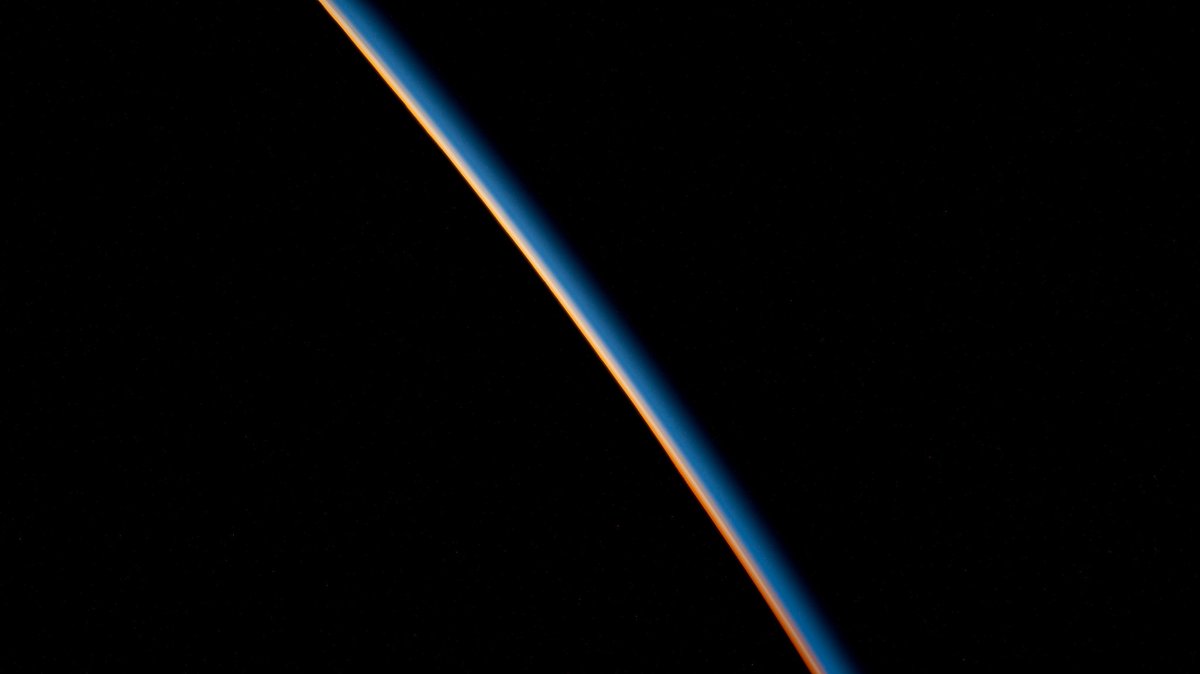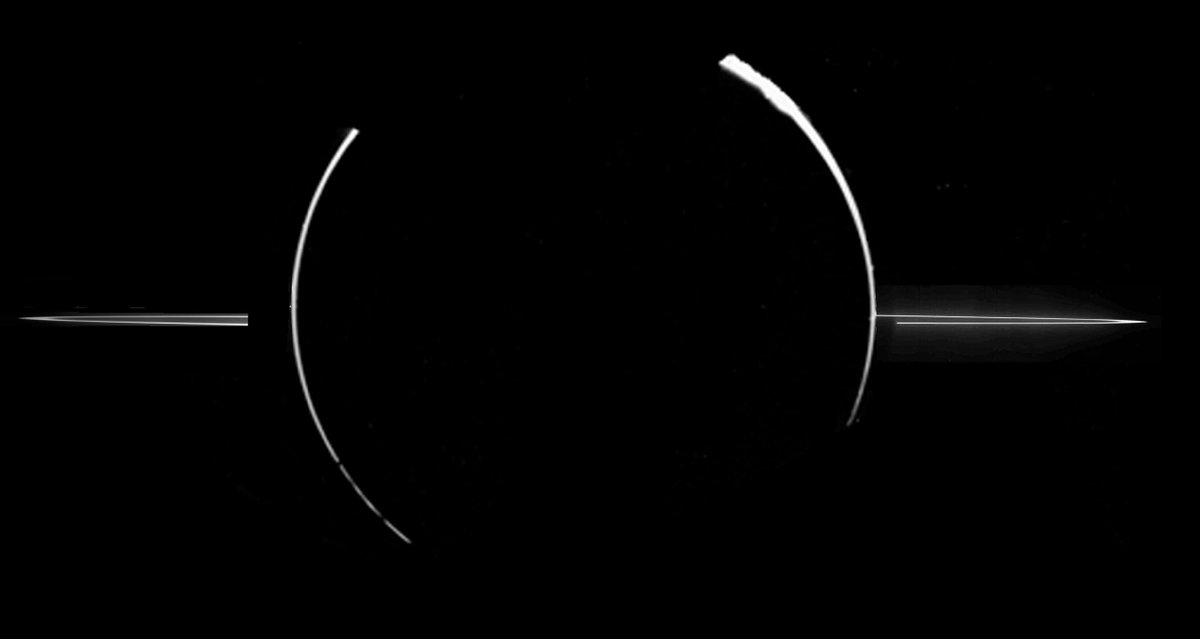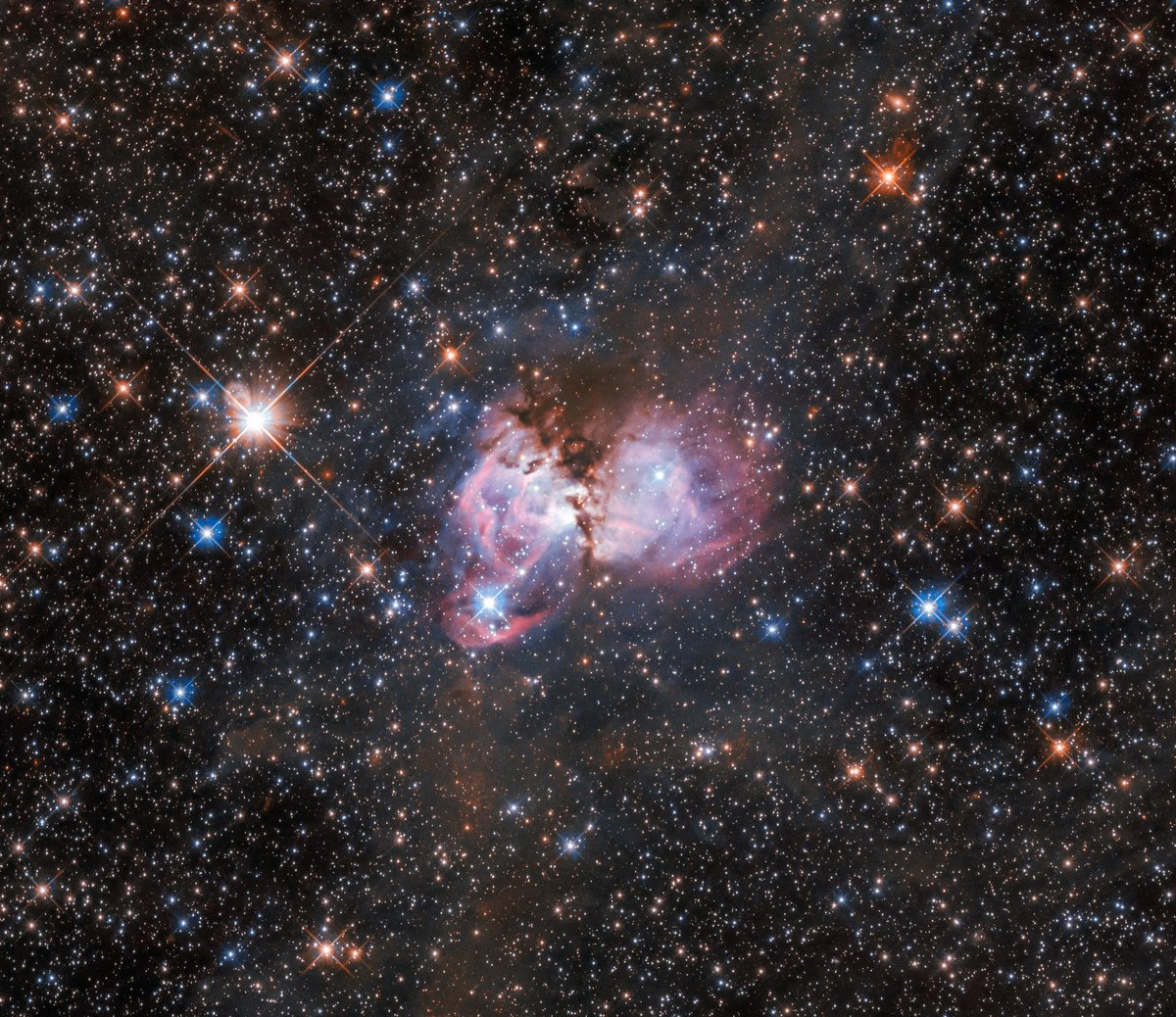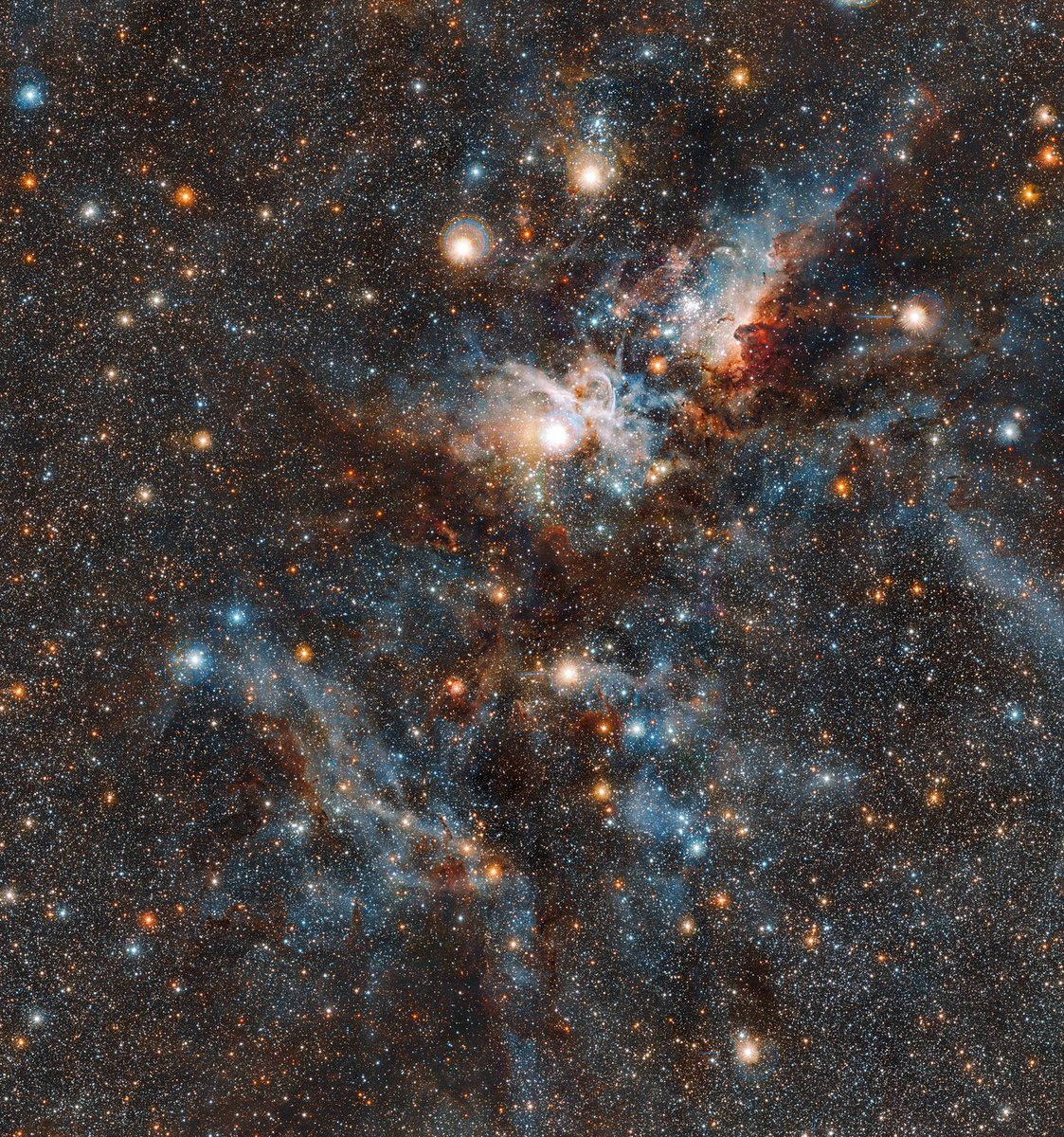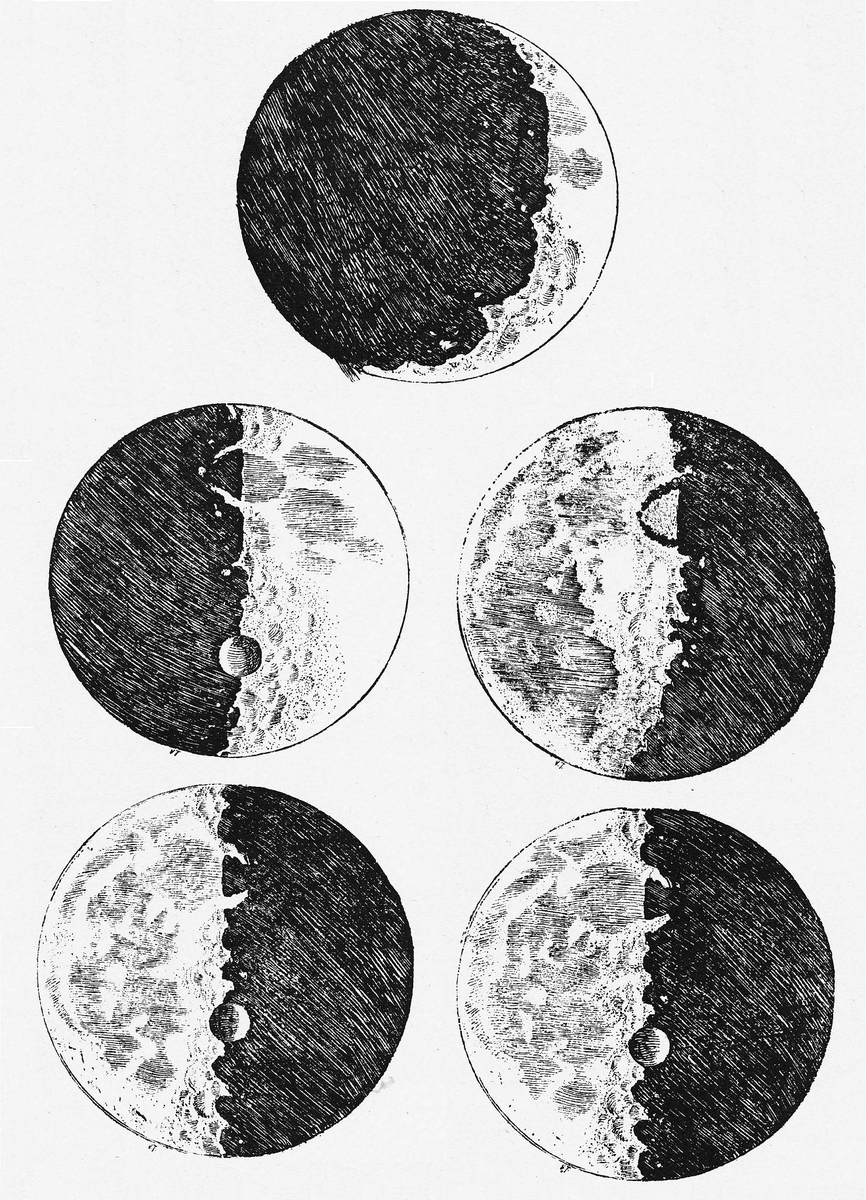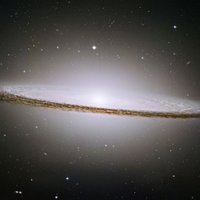
World and Science
@WorldAndScience
Frequently updated assortment of tweets related to the world of science (with some side tracking) - As an Amazon Associate we earn from qualifying purchases
ID:511402689
02-03-2012 05:14:54
5,0K Tweets
2,5M Followers
26 Following




















